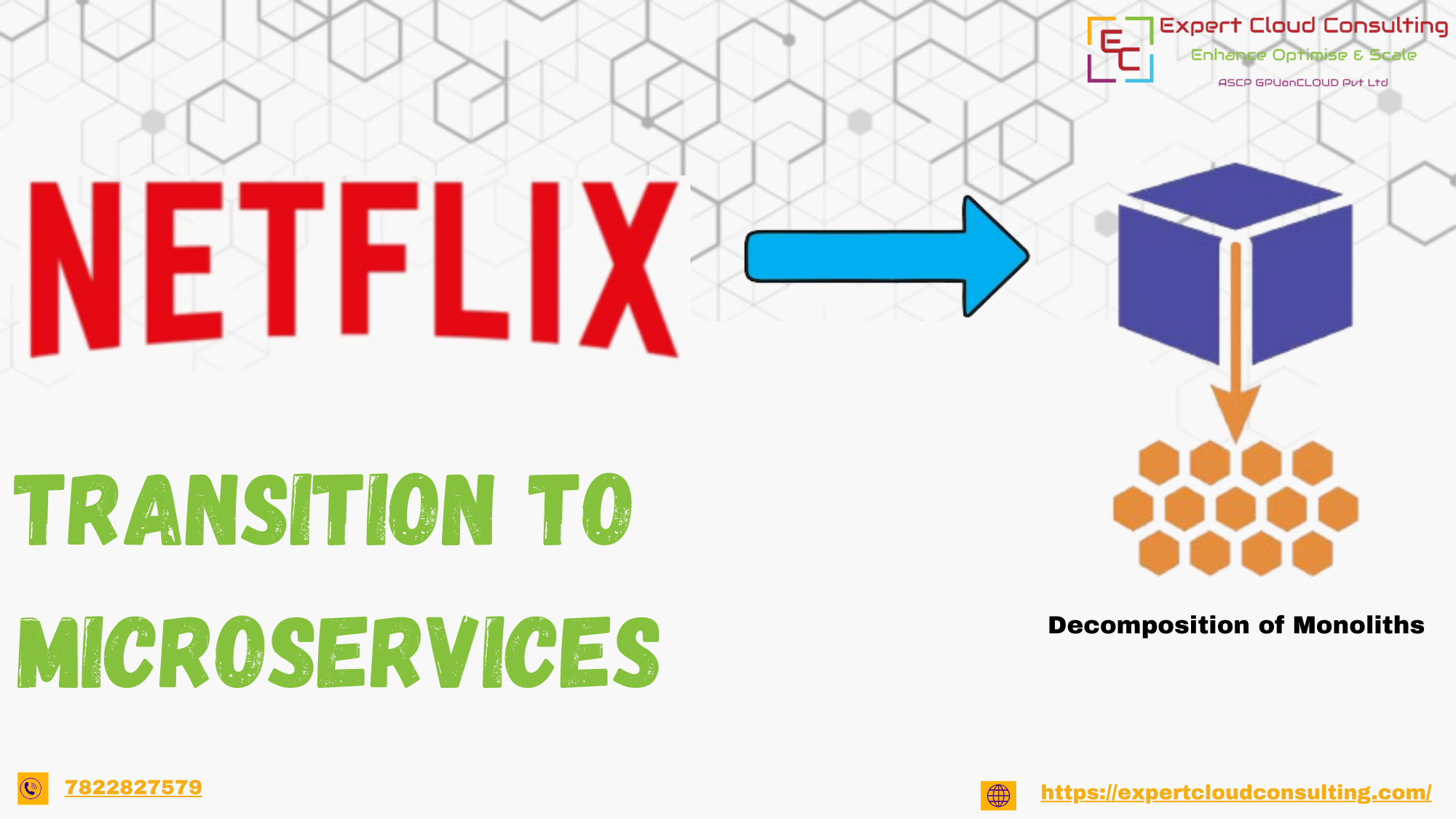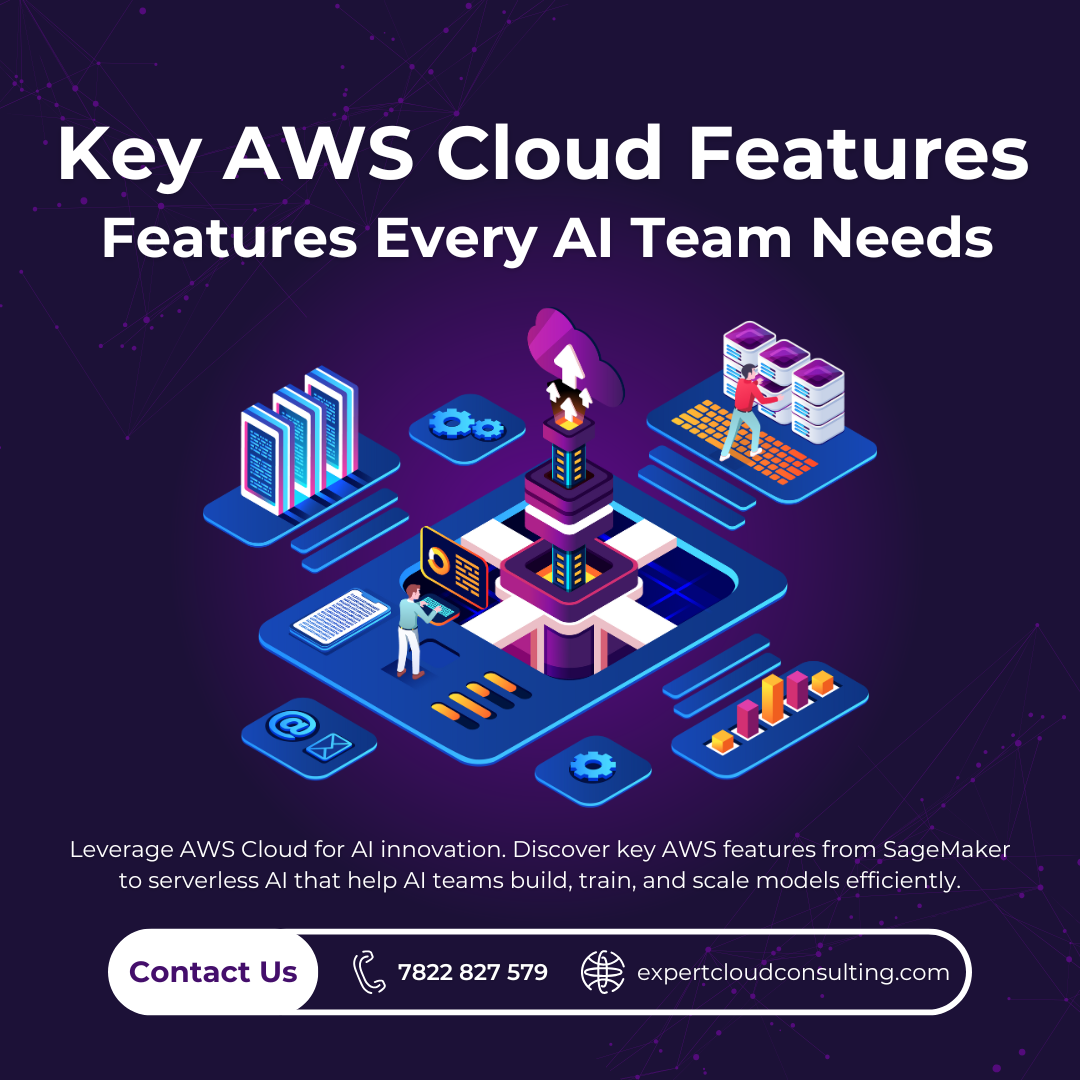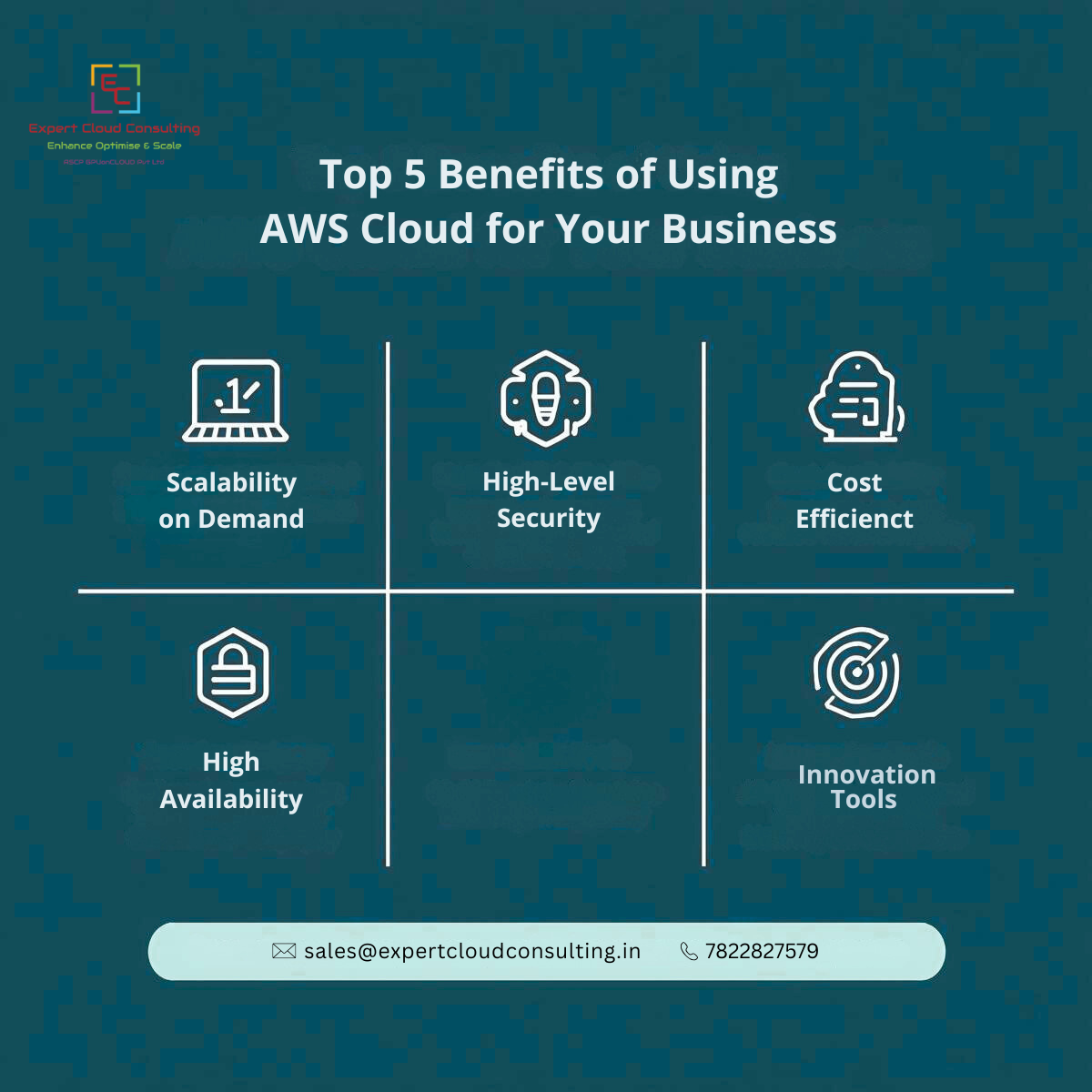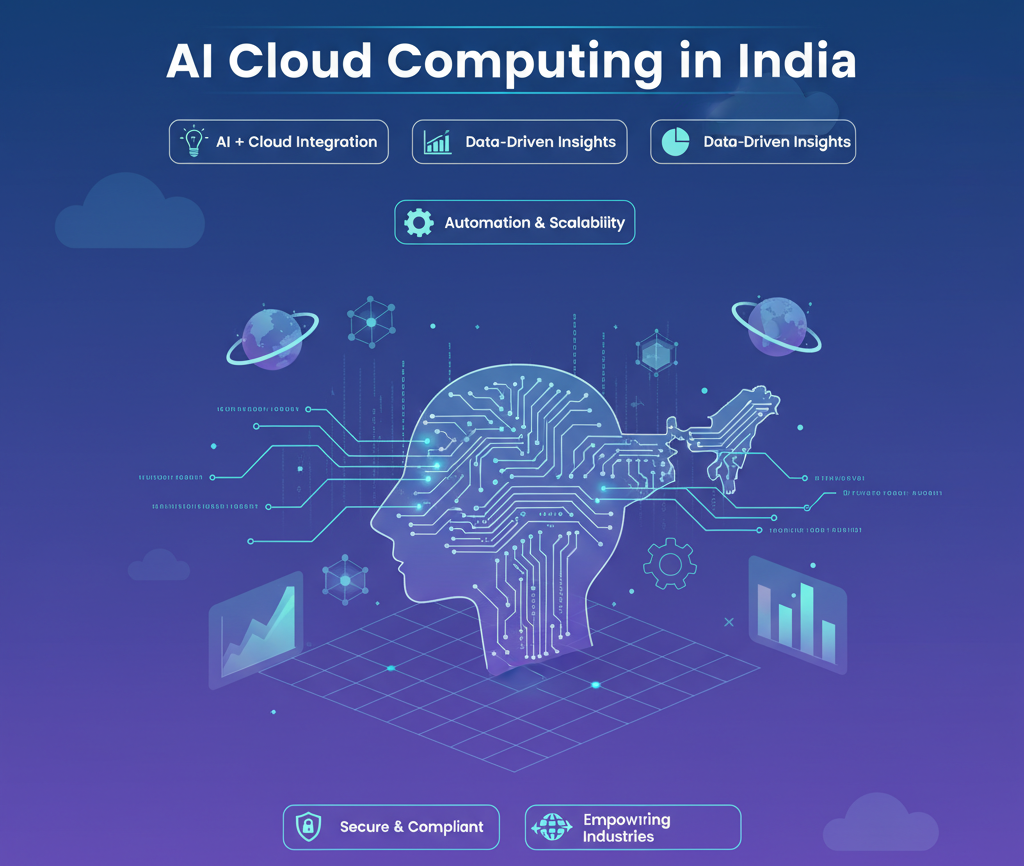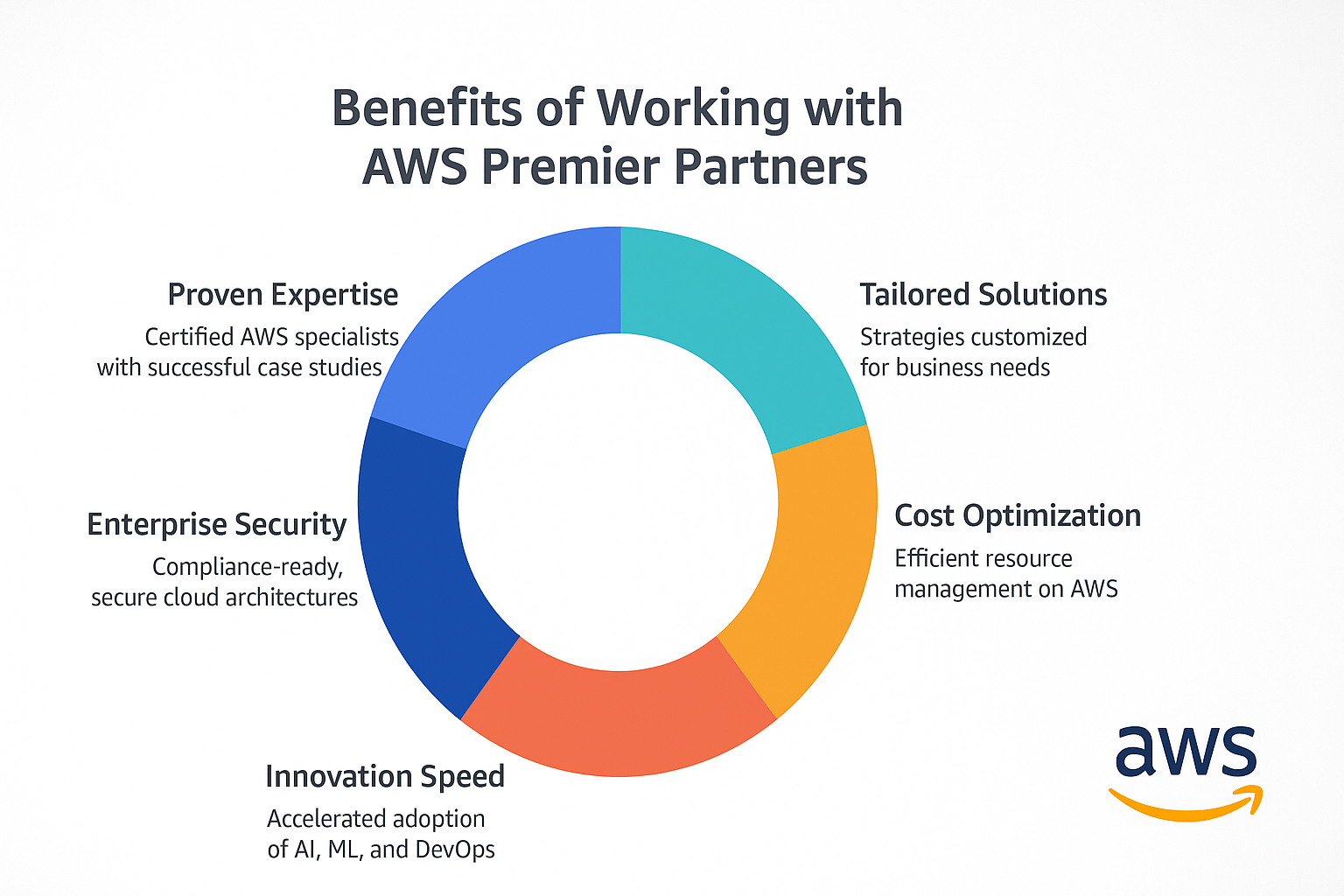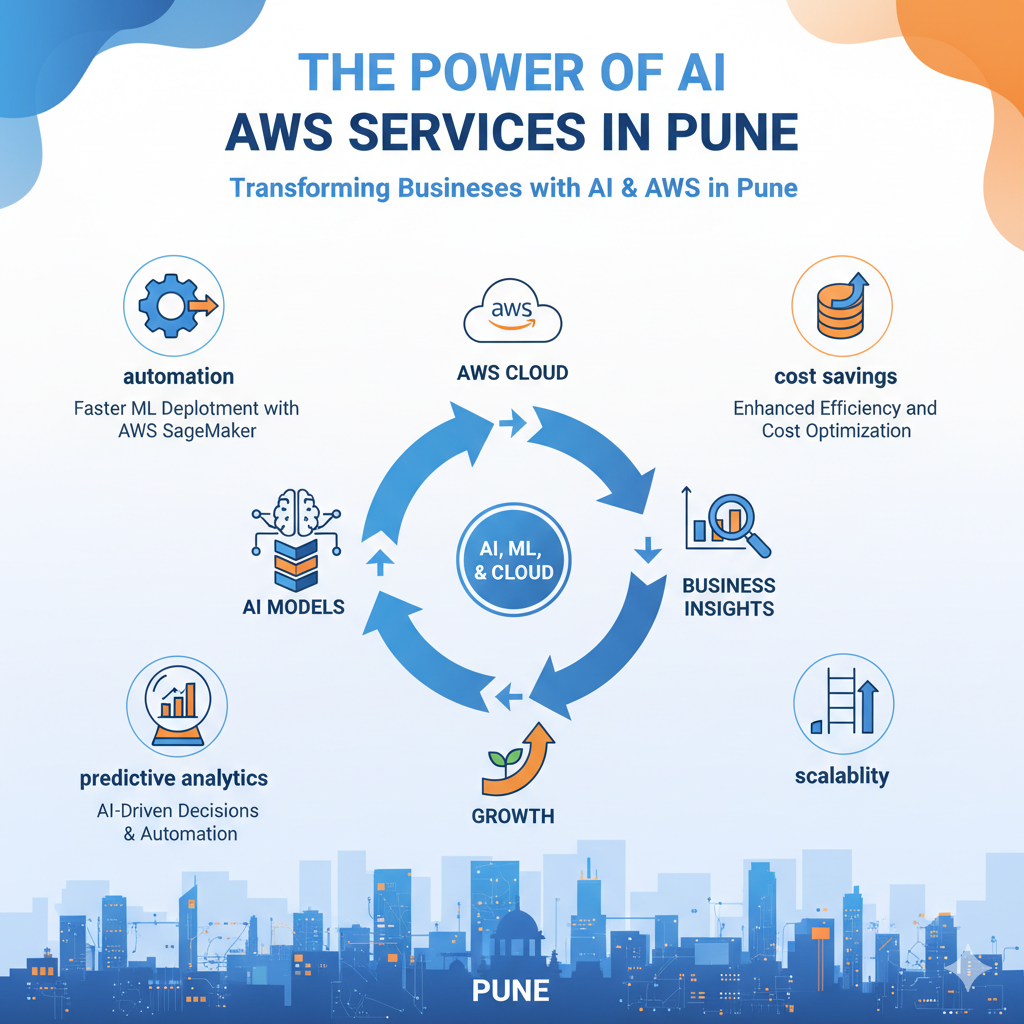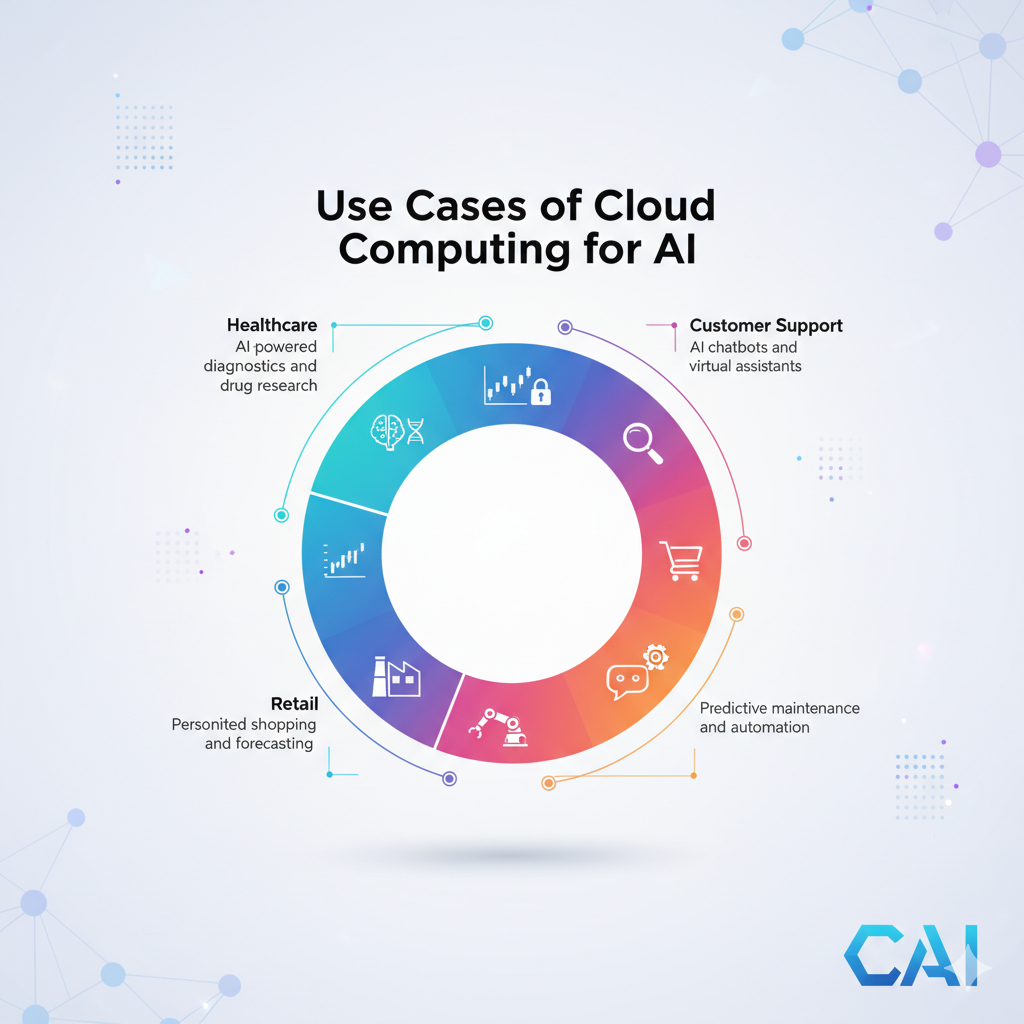🌟 Introduction
In 2009, Netflix faced growing pains as its monolithic architecture struggled to cope with the demand for video streaming services. Determined to emerge victorious, Netflix migrated to a cloud-based microservices architecture, paving the way for its rapid rise. Today, the company boasts over a thousand microservices, with engineers deploying code multiple times each day, showcasing a true DevOps spirit. 🚀 Netflix’s journey to microservices began with the recognition that its monolithic architecture was reaching its limits. Recognizing the need for a more agile and scalable architecture, Netflix embarked on the transition to microservices.
💡 Need for Change
As Netflix expanded its user base and content library, the limitations of its monolithic architecture became evident. A monolithic system, where all components are tightly integrated into a single codebase, can pose challenges in terms of scalability, agility, and maintenance. The need for rapid feature development, improved fault isolation, and scalability to handle a growing number of users led Netflix to consider a shift towards microservices.
🚀 Netflix's Microservices Journey
The transition to microservices was not an overnight process for Netflix. It involved careful planning, testing, and continuous improvement. Some key aspects of Netflix's microservices journey include:
🔍 Decomposition of Monoliths
Netflix started by breaking down its monolithic application into smaller, more manageable services. This involved identifying and isolating services, making them more manageable and independently deployable. This not only improved agility but also made it easier to scale and maintain different services.
📦 Containerization and Orchestration:
Docker Adoption
Netflix embraced containerization technologies like Docker to package microservices consistently. Docker containers ensured that each microservice and its dependencies could run seamlessly across various environments, promoting portability and reproducibility.
Kubernetes Orchestration
The adoption of Kubernetes as a container orchestration platform played a crucial role in managing and scaling containerized applications efficiently. Kubernetes provided automation for deployment, scaling, and operation of application containers, streamlining Netflix's microservices infrastructure.
🗄️ Centralized Data Management:
Distributed Data Storage
While microservices operate independently, Netflix recognized the importance of centralized data management. Tools like Apache Cassandra and Amazon DynamoDB were integrated for distributed data storage, ensuring data consistency across microservices and enabling seamless data access.
🔄 Dynamic Load Balancing:
In a microservices architecture, distributing incoming network traffic across multiple services is crucial for maintaining performance and reliability. Netflix employs dynamic load balancing techniques to ensure that requests are distributed efficiently, preventing any single service from becoming a bottleneck. This dynamic approach adapts to changing conditions, optimizing resource utilization.
🔧 Resilience Engineering:
Fault-Tolerant Systems
Netflix invested significantly in resilience engineering to build fault-tolerant systems. This involved designing microservices that could adapt to failures gracefully. The emphasis was on minimizing the impact of any potential failures, ensuring uninterrupted streaming and a positive user experience.
Adaptive Systems
Resilience engineering at Netflix went beyond simple fault tolerance. The systems were engineered to be adaptive, dynamically adjusting to changing conditions and maintaining optimal performance even during unexpected challenges.
🔄 API-First Development:
Well-Defined APIs
Microservices rely on well-defined APIs for communication. Netflix adopted an API-first development approach, prioritizing the design of robust and standardized interfaces between microservices. This approach facilitated seamless communication and collaboration between different services, promoting interoperability and ease of integration.
Flexibility and Interoperability
The API-first development approach not only ensured communication between microservices but also provided flexibility for future changes. It allowed for the addition of new features and services without disrupting existing functionalities, contributing to Netflix's ability to innovate rapidly.
🌈 The shift to microservices has had a profound impact on Netflix's ability to innovate and maintain a competitive edge.
Some notable benefits include
🚀 Improved Scalability
Microservices allow Netflix to scale its services independently, ensuring optimal performance even during traffic spikes.
⚡ Faster Innovation:
The agility provided by microservices accelerates the development and deployment of new features, keeping Netflix ahead in a rapidly evolving industry.
🛠️ Enhanced Reliability:
Fault isolation and resilience engineering have made the platform more robust, reducing the impact of potential failures.
🔄 Flexibility and Diversity
Netflix can now use a variety of technologies, choosing the best tool for each specific microservice, which enhances overall system efficiency.
🚧 Challenges and Considerations
While Netflix's Microservices Architecture offers numerous advantages, it is not without its challenges. Managing the complexity of a large number of microservices, ensuring proper communication, and maintaining consistency across services require careful planning and robust monitoring tools.
🌈 Closing Thoughts
Netflix is an organization that pioneered migration into microservices and became a market leader through innovation. Switching to a microservices architecture can likewise create exciting opportunities for other large corporations and more control and speed for developers and system architects. 🚀


